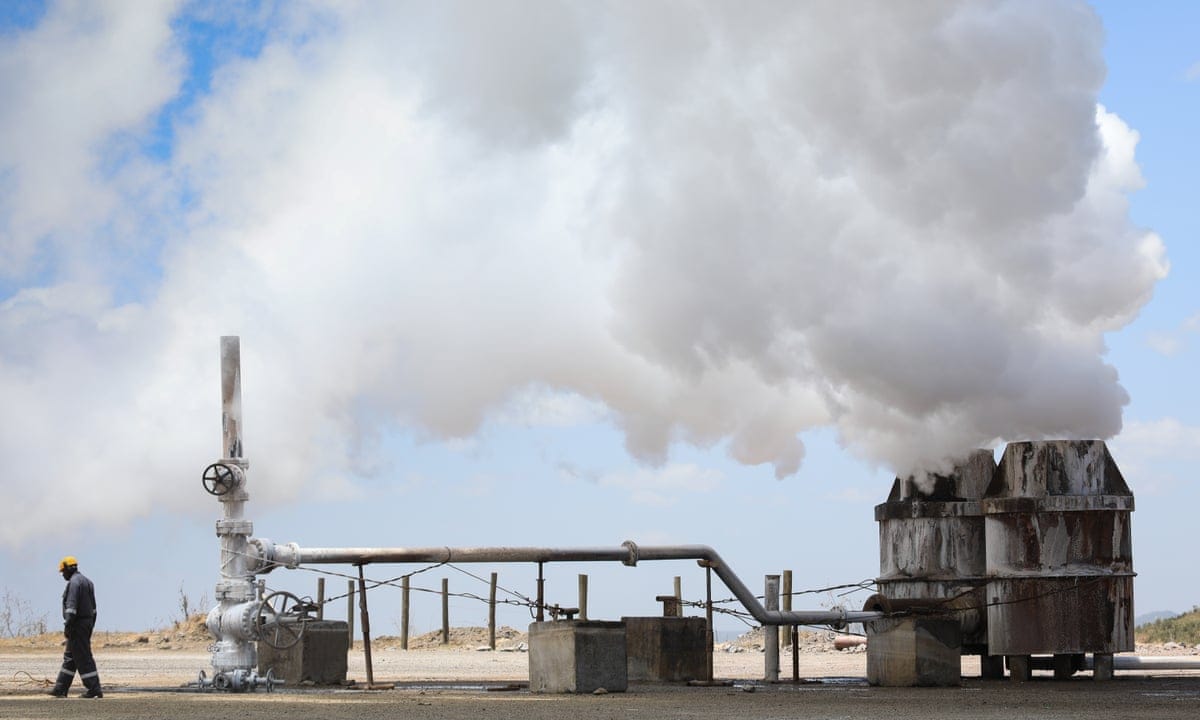Among various challenges confronting international development today, a significant shock comes from shifts within US policy regarding climate change, affecting efforts globally for mitigation and adaptation strategies.
This issue isn't entirely new ground; while exiting the Paris agreement marks an undeniable obstacle, its disruptive potential has lessened due to growing resilience in our global response system. Technological advancements are now crucial tools used for predicting extreme weather and fortifying urban centers as well as agricultural systems against such events. Investments have surged into renewables, eco-friendly transportation methods, and advanced farming techniques with the aim to decelerate emissions build-up while addressing changes on our warmer planet—even though these requirements are quickly outpacing available funds for them.
Africa has been at the forefront of adaptation initiatives as 17 countries most threatened by climate change reside here, and there is a strong desire to evolve beyond merely disaster recovery approaches toward proactive measures that decrease exposure risks related to climatic fluctuations—seeking innovative strategies for safeguarding communities.
Enhanced adaptation transcends just minimizing the fallout from harsh weather patterns; when executed correctly, it can stimulate economic growth and bolster societies against natural calamities as well. It forms a structure around reinforcing critical infrastructure, securing agricultural stability—and fostering new commercial prospects along with job creation opportunities through burgeoning markets in climate-related solutions ranging from advanced weather forecast systems to drought resilient crops and financial instruments designed for efficient disaster risk management. These elements underpin the robustness of our communities, allowing them not just survive but thrive amid climatic adversity.
Africa exemplifies that investments in climate hardiness can be effective: The continent's leading strategy here—the Africa Adaptation Acceleration Programme (AAAP)—has directed over $15 billion into bolstering crucial systems against environmental shock loads, aiding nearly 60 million at risk individuals across almost forty nations. This has not only improved resilience but also generated substantial employment opportunities – close to one hundred thousand jobs have emerged from this initiative alone.
Kenya stood out as the first in Africa with its National Adaptation Plan, addressing vulnerabilities due to rainfall-dependent agriculture—a key source of income and activity for many Kenyans who rely on farming activities significantly affected by climatic disrufalities like droughts or floods.
Nevertheless, bold action toward climate adaptation has morphed these threats into chances to foster green growth: Innovations such as solar-power irrigation and collaborative investment ventures between public entities and the private sector in renewable energy resources are underway—aided by Kenya's significant advancement with geothermal power, which now supplies around half of its electricity requirements.
These accomplishments showcase adaptation not just as a protective mechanism against potential devastation but also serve to accelerate sustainable progress for societies and economies alike—when resilience is woven into national policies, urban designs, financial markets can secure communities while promoting growth. Infrastructures like sturdy seawalls safeguard vital trade routes; warning systems have the potential to save countless lives from looming natural catastrophes annually. Regenerative agricultural methods help reclaim damaged soils and increase yields, providing further benefits when public-private collaborations are employed in integrating adaptation into strategic planning—where actual funding still does not meet Africa’s substantial requirements for it; estimates from the Global Center on Adaptation suggest these needs could be as high $50 billion a year.
Fortunately, opportunities abound here too: The AAAP with its presence in both Rotterdam and Nairobi is assuring that locally relevant adaptation strategies are actively developed where they're most urgently needed—with the World Economic Forum projecting an annual market value of up to $2 trillion for climate resilience solutions, suggesting a substantial potential profit margin.
Investment in such adaptive measures can prove highly beneficial; it’s not just responsible but also profitable from business perspective —climate skepticism should certainly not deter investors and policy-makers about the considerable opportunities present at their immediate doorstep—and capitalize on them for sustainable development.

global-development

